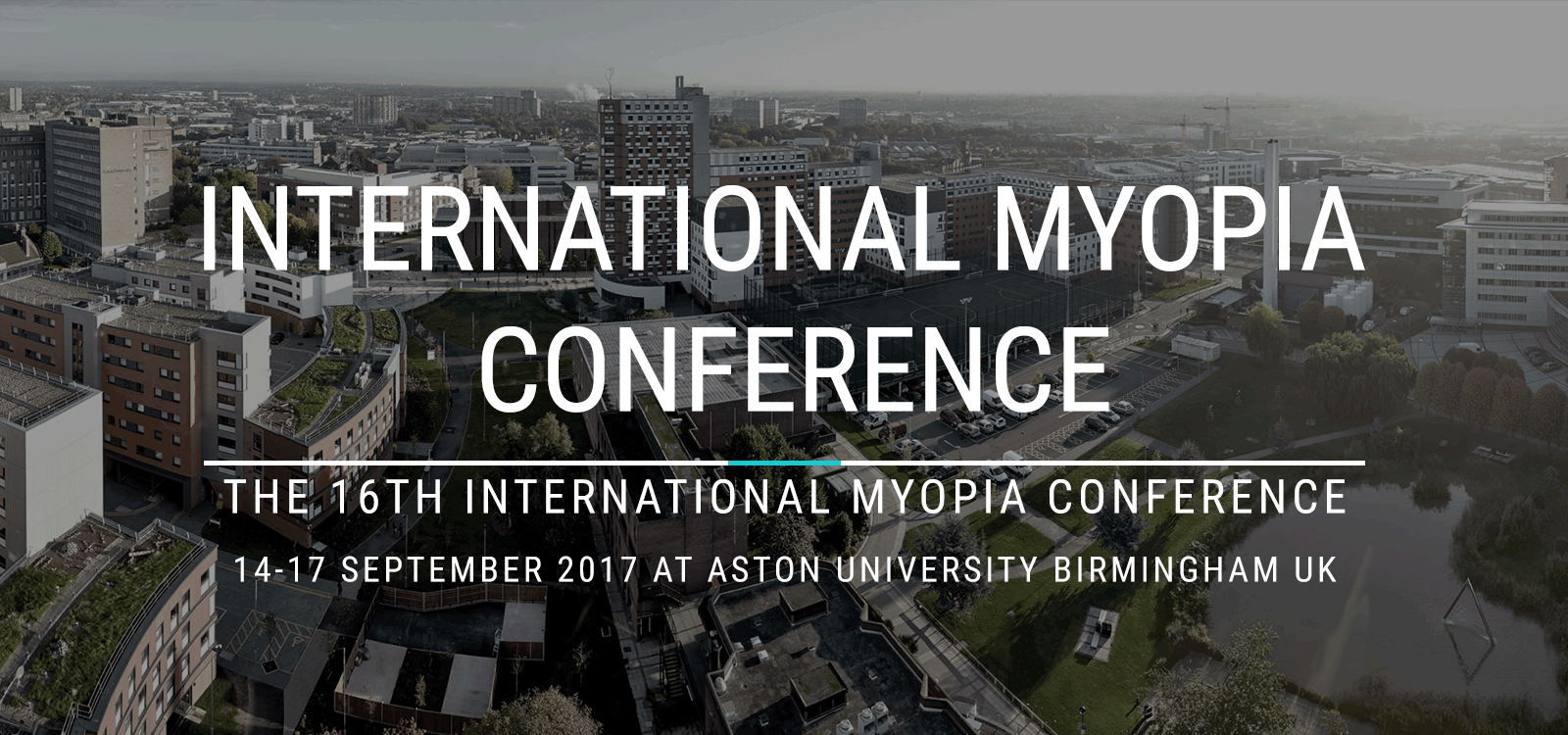Experts are also concerned because the number of people with myopia is increasing. Research suggests that by 2050 it will affect half the world’s population. Myopia normally develops in children and increases in prevalence and amount during the teenage years. We know that about 30% of teenagers in the UK have myopia, and in some East Asian countries around 80% of teenagers have myopia.
Here are the predictions:
- 5 billion myopes by the year 2050; up from 1.4 billion in 2000
- 1 billion high myopes by 2050; a five-fold increase from 2000
- Number with vision loss from high myopia to increase seven-fold from 2000 to 2050; myopia to become a leading cause of permanent blindness worldwide.
The impact of these levels of myopia on all areas of society is enormous due to the cost of eye examinations, glasses and treatment of eye disease. The reasons why myopia develops are not fully understood; the prevalence has increased too quickly to be explained solely by genetics.
We know that our visual environment also has a role in myopia development. Our lifestyle has changed significantly over the last 50 years, with greater time being spent indoors on computers, tablets and smartphones. It is the lack of time that children spend outdoors that seems to trigger myopia development.
Globally there are many people actively looking for ways to prevent myopia, or, if it has started, at ways to slow its progression. It has challenged our traditional approach to myopia, test vision and make up stronger glasses as needed. Now we are actively helping people consider alternatives which may help reduce progression, and increasing understanding of this phenomenom.
Here are some resources:
Australian Optometrist Dr Kate Gifford has developed an online tool for families to work out the risk of children becoming myopic - My Kid's Vision
Myopia Prevention is a good overview.
Nature published this great article about the Myopia Boom.
Please contact us if you would like to discuss myopia.







